 |
On the island of Mauritius, which is about 1,200 miles (2,000km) southeast from the mainland continent of Africa, Google has never sent a car for gathering street view data. Considering the remoteness of the island nation and its relatively small – but dense – population of nearly 1.3 million, Google’s neglect makes fiscal sense. However, Mauritian resident Reuben Pillay wanted to address the situation himself and he started his ReubsVision project.
Over the last year and a half, Pillay traveled around Mauritius with his DJI Phantom 4 Pro drone. As you can imagine, it’s a large undertaking. He told PetaPixel ‘We’re a small island – driving from my place to anywhere can take at most an hour and a half since I’m pretty much centered.’ Pillay also noted that the constantly changing weather on the island added a lot of difficulties.
 |
| A screenshot from ReubsVision showing Grand Sable. Image credit: Reuben Pillay, ReubsVision |
Pillay stitched the photos from his drone together to create a 360-degree image of each location he visited, covering the entire coastline of the island using more than 220 high-resolution photos. Each image took Reuben about 10 hours to create.
In addition to spending a huge amount of time and effort to capture and stitch together his images, Reuben also needed to learn how to code and set up the website for ReubsVision. He tells PetaPixel, ‘[It] was actually the first website I ever built…I had no prior experience in doing any of that.’
 |
| A zoomed-in view of the same location as above. Image credit: Reuben Pillay, ReubsVision |
It was an expensive project in terms of cost and time. ReubsVision is completely free to access and explore, and is a really great way to learn more about Mauritius. Pillay says, ‘All I want for now is that people discover my island.’
If you’re interested in capturing your own 360-degree images using a drone, you can refer to the following video tutorials from Atti Bear and Ben Claremont.
Articles: Digital Photography Review (dpreview.com)







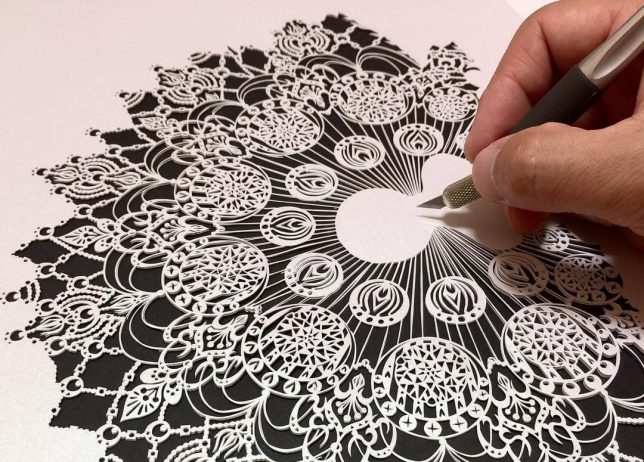
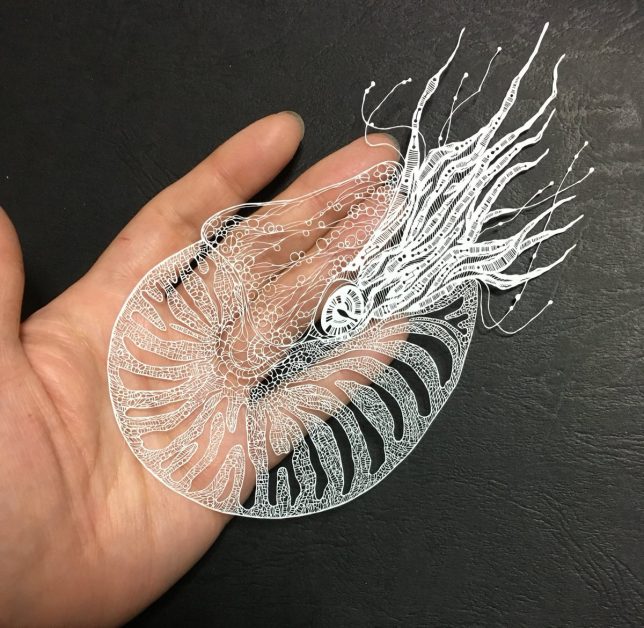
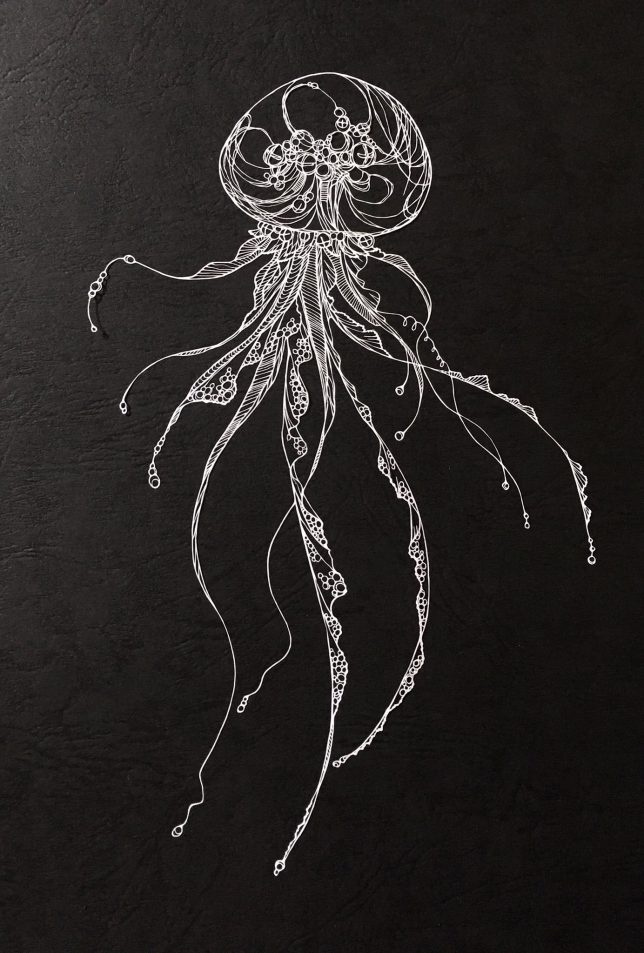
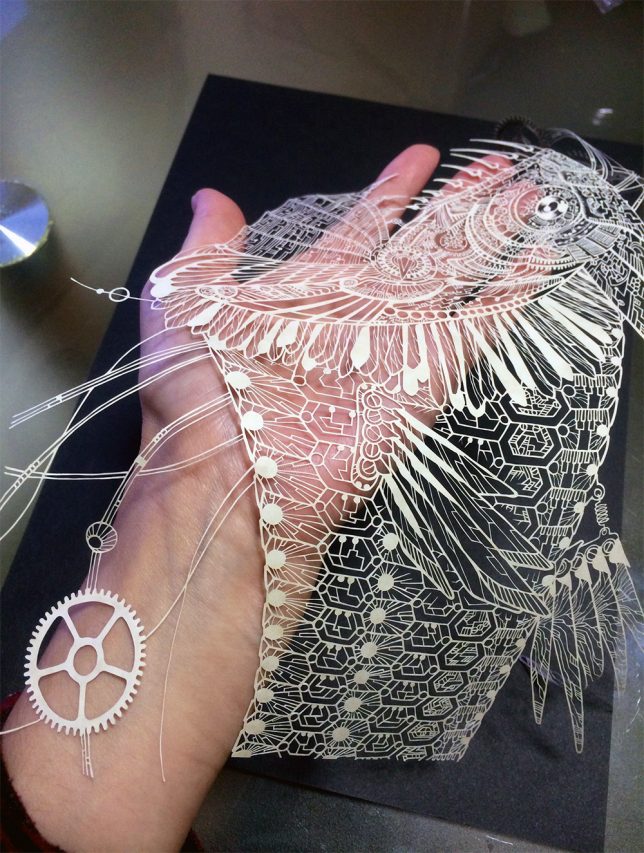
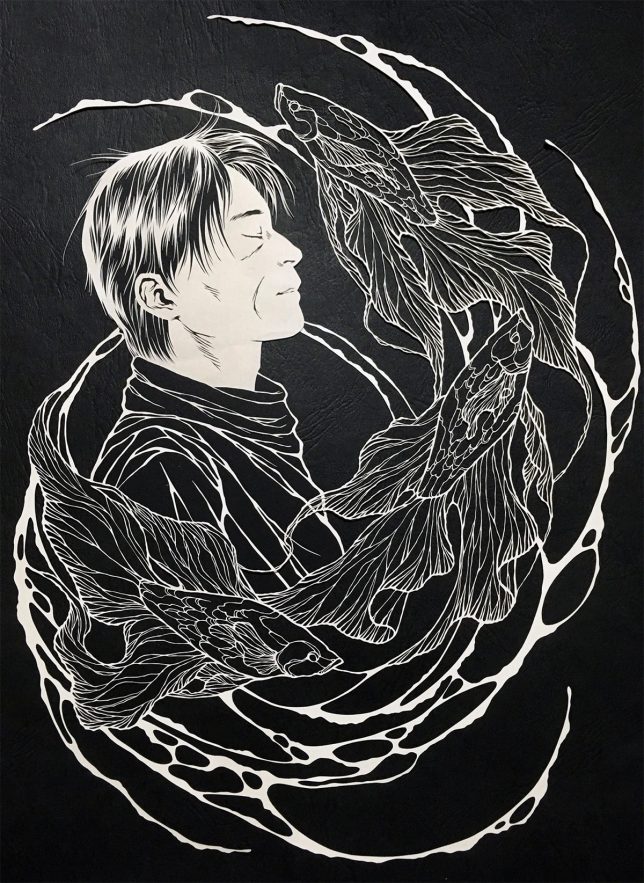
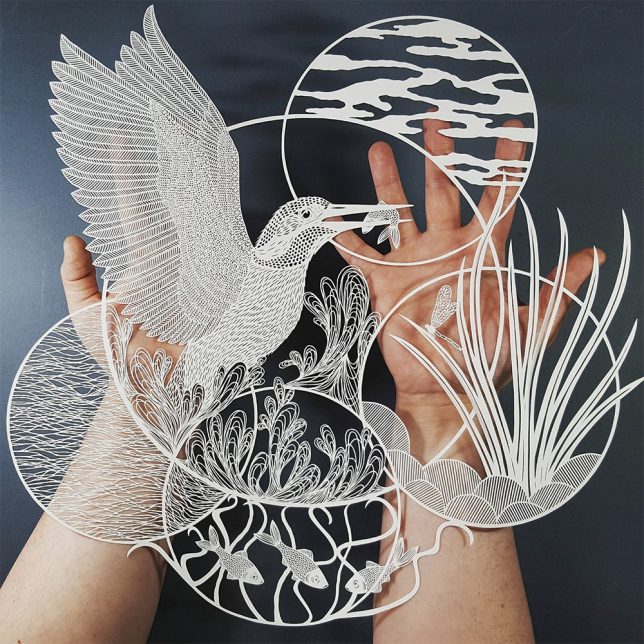

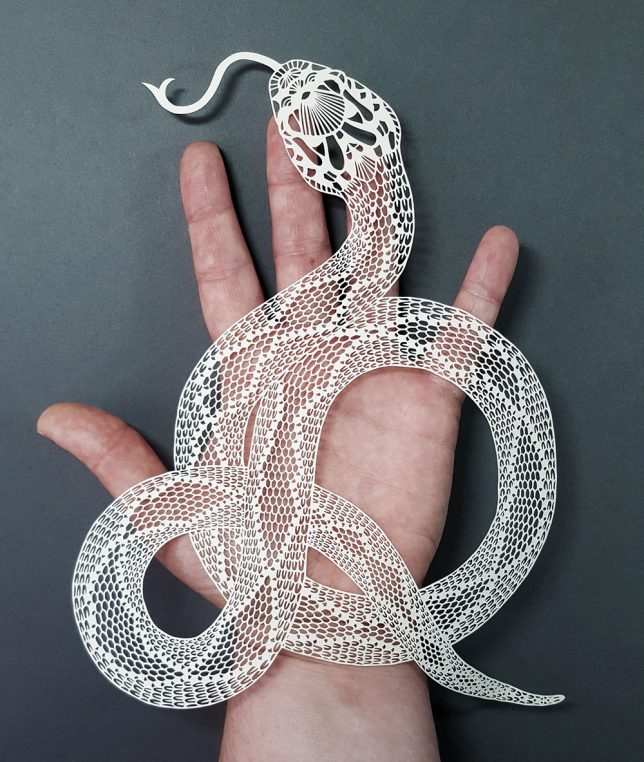
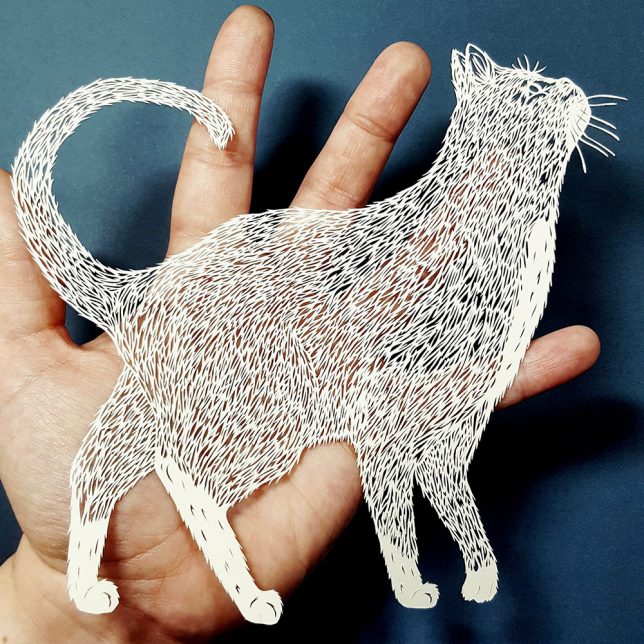
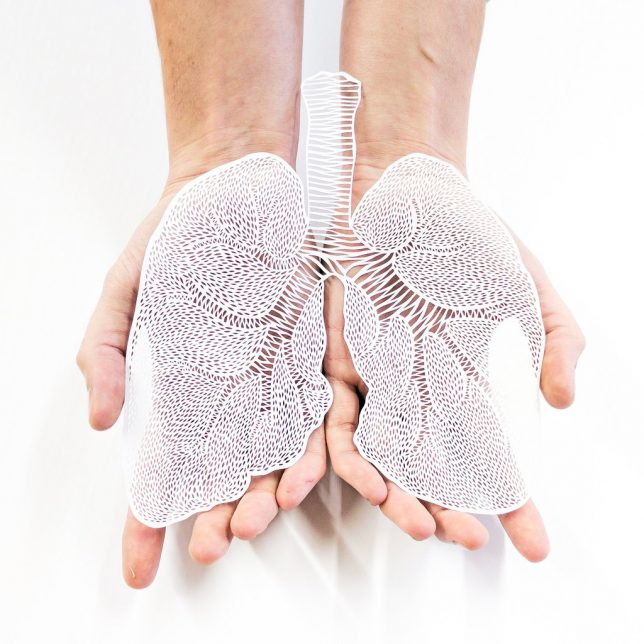
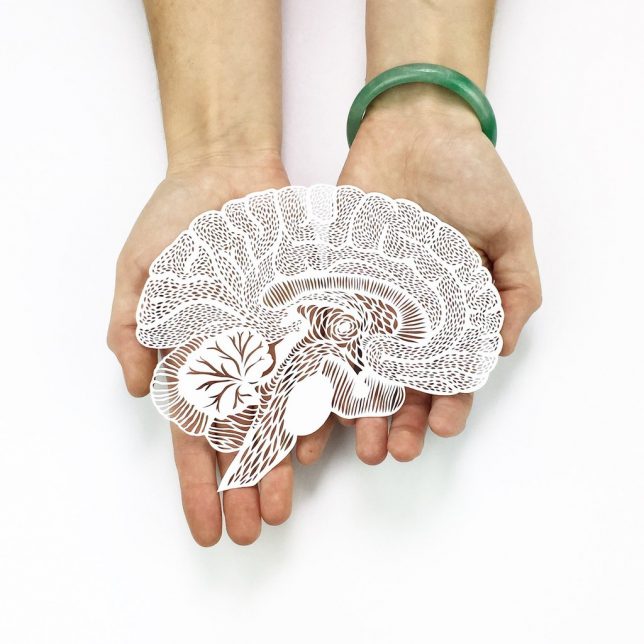
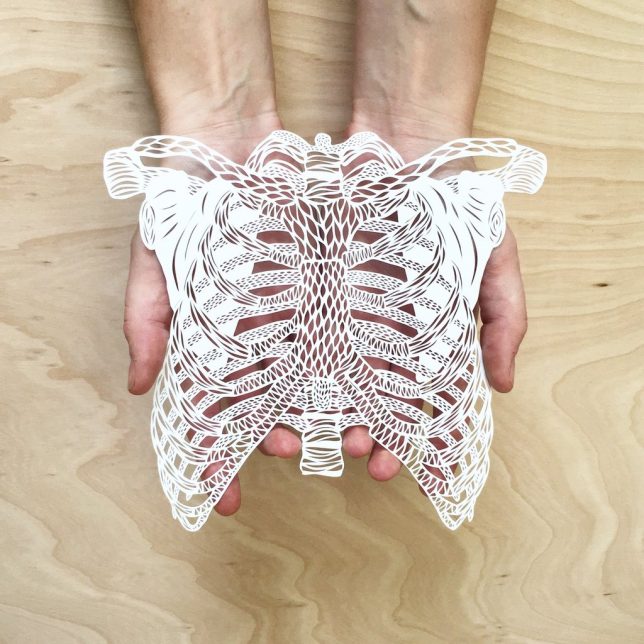
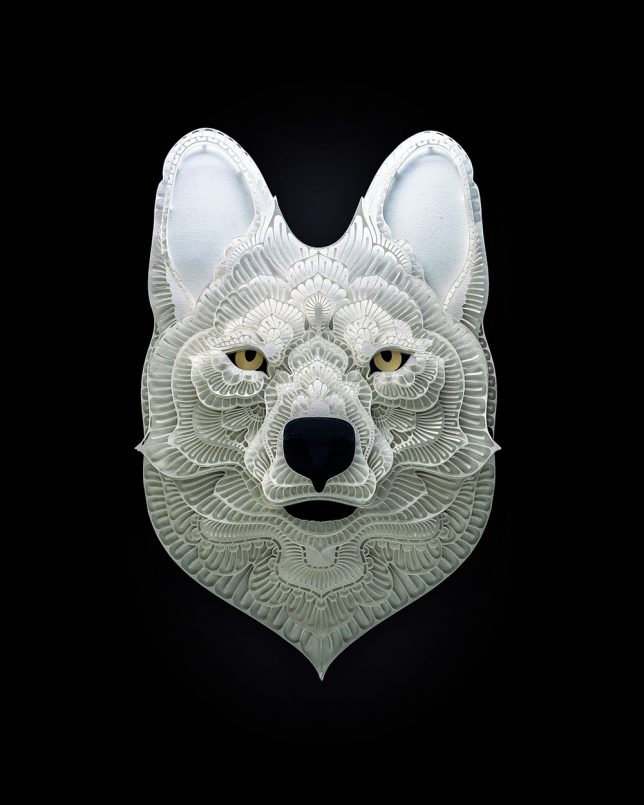
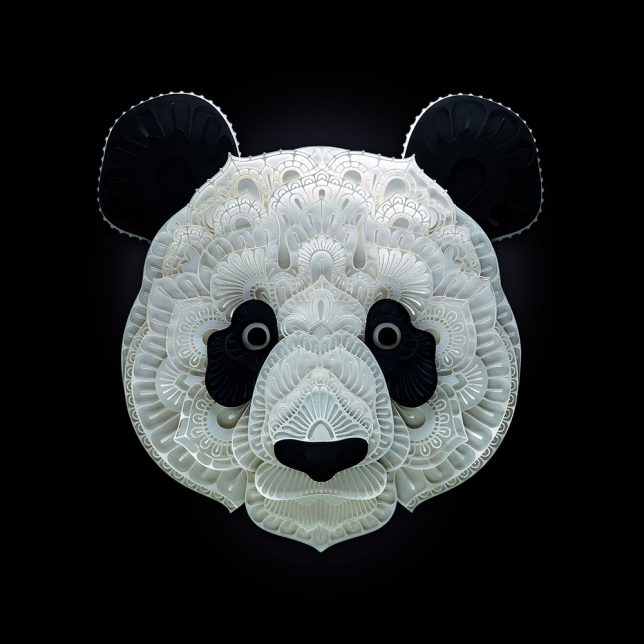





















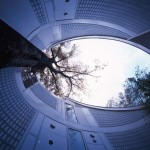
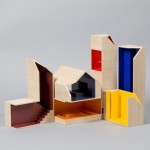
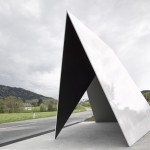













You must be logged in to post a comment.